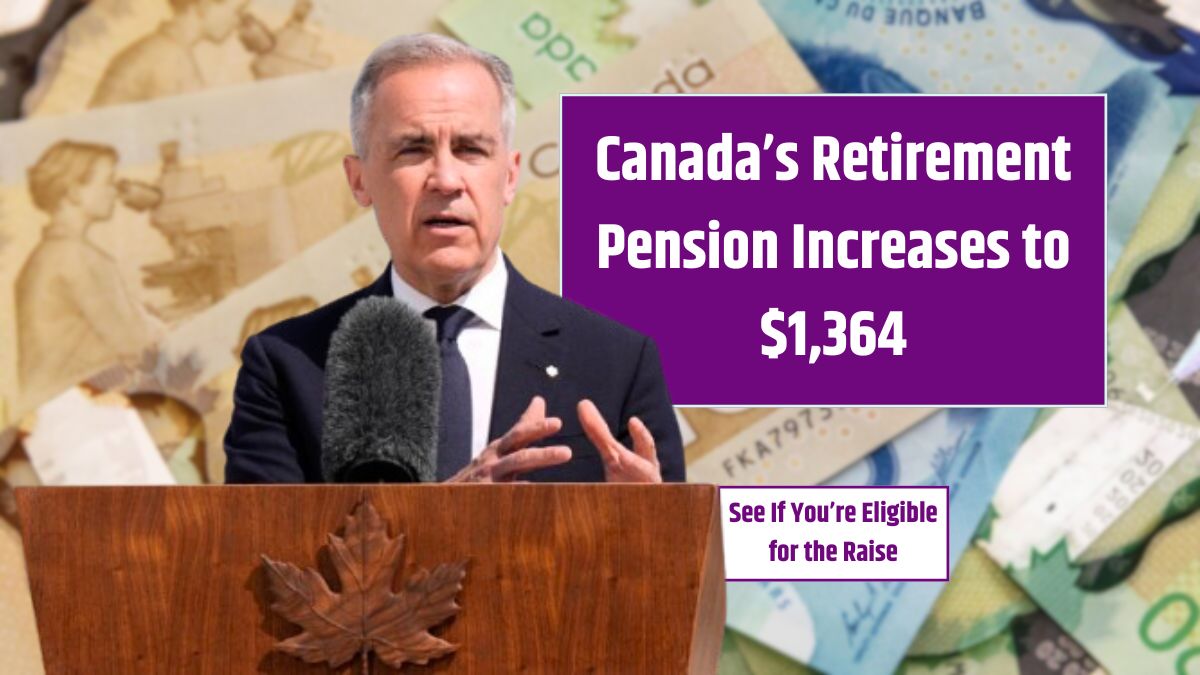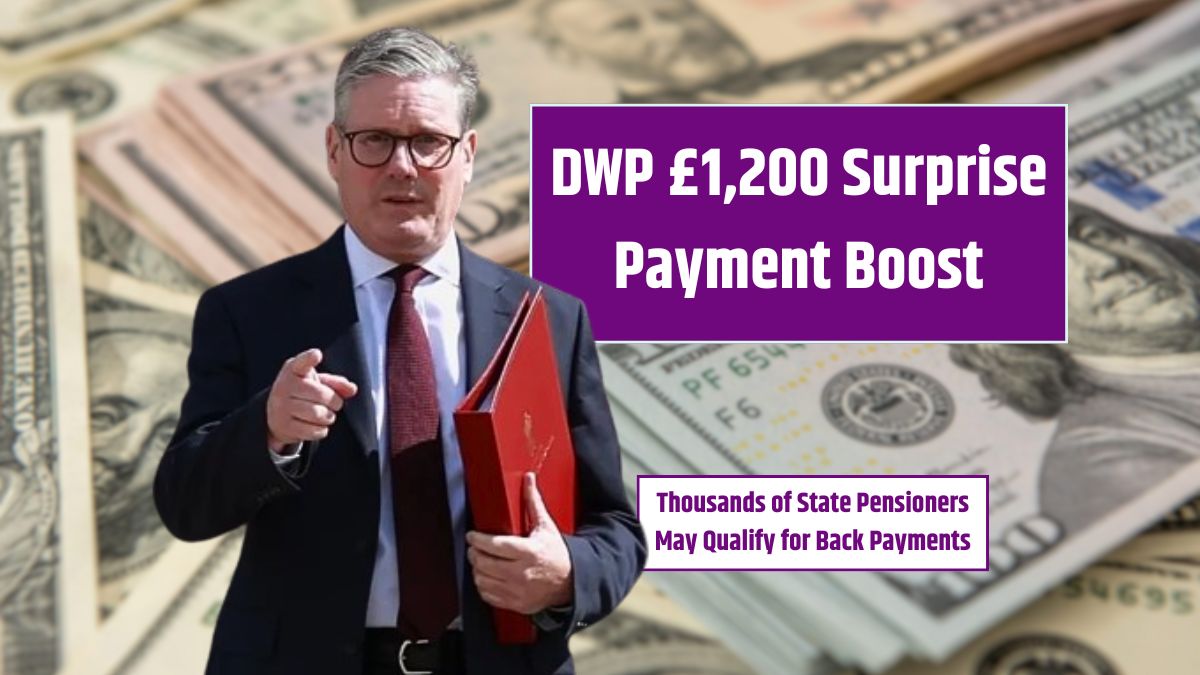Big updates are coming to Universal Credit in 2025—and if you’re receiving UC or legacy benefits, these changes could impact your monthly payments, deductions, and even your eligibility for extra support. Whether you’re navigating a new claim, worried about deductions, or concerned about upcoming reforms to health-related elements, it’s important to stay ahead of the game. This guide will break it all down so you know what’s changing, when it’s happening, and how to take action.
Increases
Starting June 2025, most Universal Credit rates will go up by 1.7%. It’s not a huge jump, but in the middle of rising food, rent, and utility costs, every little bit helps.
Here’s a quick look at the new monthly rates:
| Category | Old Rate | New Rate |
|---|---|---|
| Single adult (25+) | £393.45 | £400.14 |
| Couple (one or both 25+) | £617.60 | £628.10 |
| First child (under 16) | £333.33 | £333.33 |
| Work allowance (higher rate) | £662 | £673 |
The timing of the increase depends on your assessment period. If it started before 7 June 2025, your May payment reflects the new rate. If it started after, the change hits your June payment.
Deductions
From 30 June 2025, the maximum amount that can be deducted from your Universal Credit for things like advance repayments or rent arrears is dropping from 25% to 15%.
Why is that a big deal? It means you’ll keep more of what’s yours. The DWP estimates this change will help around 1.2 million households, putting up to £420 a year back in their budgets.
If you’ve been struggling to cover basics because of heavy deductions, this change gives you some breathing space.
Health
Starting in June 2026, new claimants eligible for the Universal Credit health element will receive £50 per week. That’s a significant cut from the current £97. The good news is, if you’re already receiving the higher amount before June 2026, you’ll keep it—at least until 2029.
Here’s how it plays out:
- Before June 2026: You get £97/week (rate frozen until 2029/30)
- After June 2026: New claimants get £50/week
- Why the change? It’s aimed at focusing long-term support on people with lifelong or severe conditions
It’s controversial, but the government says it’s part of a shift toward encouraging work where possible, rather than long-term welfare reliance.
Migration
The DWP is continuing to transition people off legacy benefits and onto Universal Credit. This includes:
- Income-based Jobseeker’s Allowance (JSA)
- Income-related Employment and Support Allowance (ESA)
- Income Support
- Housing Benefit
- Working Tax Credit
- Child Tax Credit
If you’re on any of these, you’ll receive a Migration Notice. Don’t ignore it. You’ll have three months to make a Universal Credit claim or risk losing your current benefits.
Citizens Advice is offering free support if you’re confused about how to switch.
Support
Between June 2025 and March 2026, a £742 million Household Support Fund is being distributed through local councils to help struggling households cover essentials.
What can it help with?
- Food and groceries
- Energy and water bills
- Clothing and shoes
- Housing costs (in emergencies)
It’s not automatic—you’ll need to check with your local council to apply.
This fund is designed to catch people who might otherwise fall through the cracks, especially during periods of sudden hardship.
FAQs
When will UC payments increase?
From June 2025, with a 1.7% rise in most rates.
What is the new deduction limit?
It’s lowered from 25% to 15% starting 30 June 2025.
Who keeps the £97 health element?
Anyone claiming before June 2026 will keep the higher rate.
What is managed migration?
It moves legacy benefit claimants to Universal Credit.
What does the Household Support Fund cover?
Food, bills, clothing, and emergency housing help.























